Buying a pre-owned yacht is an important decision, and one that requires careful thought and analysis of the various options available on the market. To help you along the way, we’ve put together a list of the key criteria to consider when evaluating a pre-owned yacht.
The size of the yacht
The size of the yacht is a key factor in determining whether a pre-owned yacht will meet your needs and expectations. The size of the yacht influences not only comfort on board, but also performance and maintenance costs.
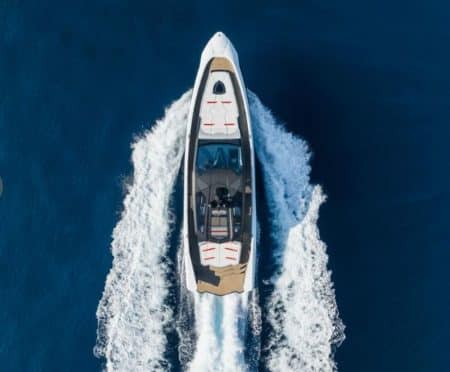
- Comfort: The larger the yacht, the more space and amenities it generally offers. Cabins are often more spacious, and there may be more communal areas, such as lounges and outdoor spaces for relaxing.
- Performance: The size of the yacht affects its performance in terms of speed and stability. A smaller yacht will generally be faster and easier to manoeuvre, while a larger yacht will offer greater stability at sea.
- Maintenance costs: The cost of maintaining a yacht increases with its size. These costs should be taken into account when evaluating a second-hand yacht.
The general condition of the yacht
Assessing the general condition of the pre-owned yacht is essential to determine whether the investment is worthwhile. There are several things to check:
The hull and structure
Carefully inspect the hull and structure of the yacht, paying particular attention to signs of deterioration or repair. Cracks, blisters or signs of corrosion may indicate underlying problems that require major repairs.
Equipment and installations
Check that all the yacht’s equipment and installations are in good working order, including the electrical system, plumbing, engines and navigation systems. Regular maintenance and equipment updates are positive indicators of the quality of the yacht.
Rigging and sails

For a sailing yacht, inspect the rigging and sails to make sure they are in good condition and show no signs of excessive wear. The sails should be clean and free of tears, while the rigging should be free of rust and corrosion.
The yacht’s history
Researching the history of your pre-owned yacht can give you a valuable indication of its current condition and maintenance. Here are a few things to consider:
- Previous owners: How many owners has the yacht had? Numerous changes of ownership may indicate recurring problems or neglected maintenance.
- The age of the yacht: An older yacht may require more work and maintenance to keep it in good condition. However, a well-maintained and regularly updated yacht can be an excellent bargain.
- Maintenance booklet: A full maintenance booklet is a guarantee of quality for a pre-owned yacht. It allows you to check that maintenance has been carried out regularly and in accordance with the manufacturer’s recommendations.
The planned sailing programme
Depending on the type of sailing you plan to do with your pre-owned yacht, certain criteria will be more or less important in your assessment. For example:
- Coastal sailing: If you plan to sail mainly close to the coast, the yacht’s stability and draught are essential criteria to take into account. A yacht with a shallow draft will give you access to more anchorages and shallow areas.
- Deep-sea cruising: For deep-sea cruising, the yacht’s solidity and reliability are paramount. Choose a yacht with a robust construction and high-performance navigation equipment to guarantee your safety at sea.
- Sports sailing: If you want to take part in regattas or races, opt for a light, high-performance yacht with the right rigging and a keel optimised for speed.

Budget
Finally, the budget is an essential criterion when evaluating a pre-owned yacht. It’s essential to consider not only the purchase price of the yacht, but also the ancillary costs such as :
- Annual maintenance, including careening, equipment checks and any necessary repairs.
- Port and mooring charges, which vary according to the size of the yacht and the location of the home port.
- Insurance, the cost of which depends in particular on the value insured, the sailing programme and the cover taken out.
By taking these different criteria into account when evaluating a pre-owned yacht, you’ll be better prepared to make an informed choice and find the yacht that perfectly matches your needs and expectations.



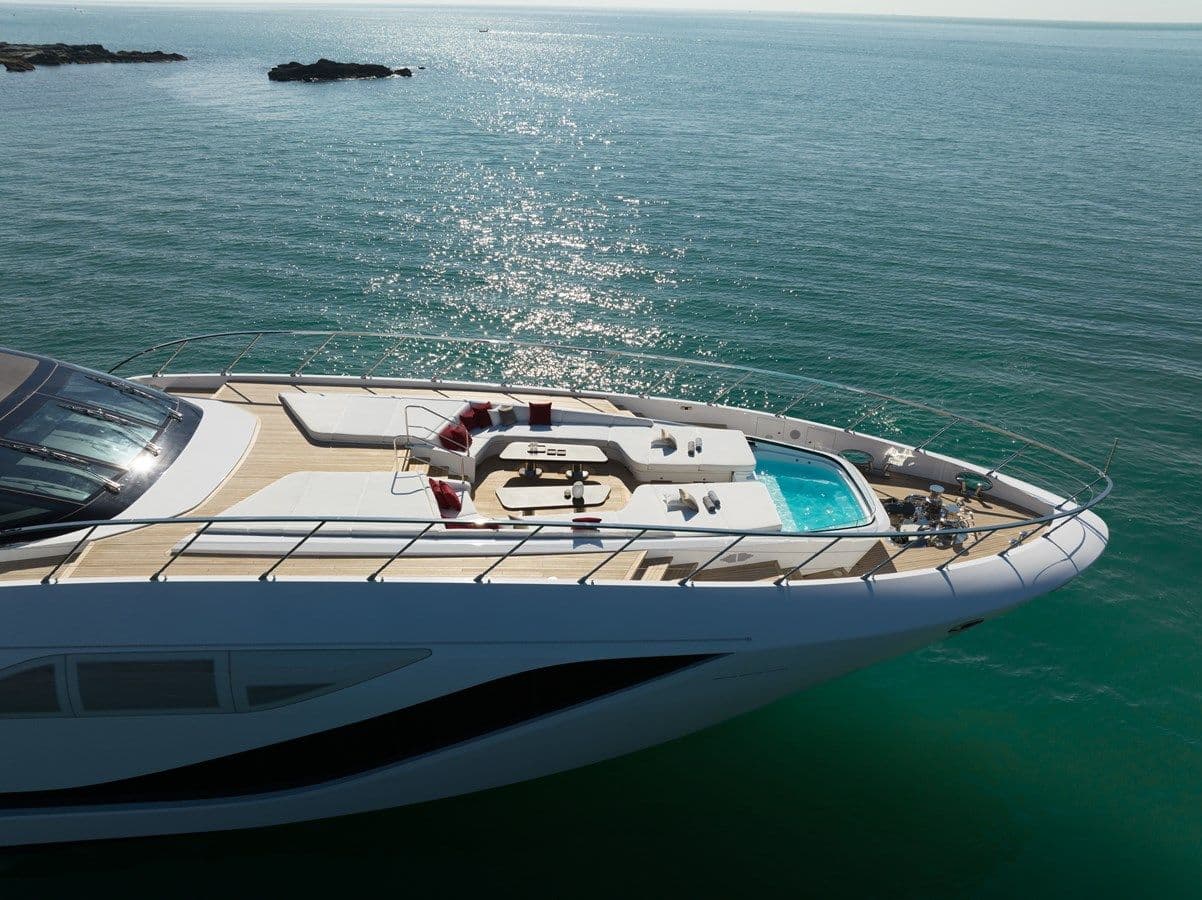





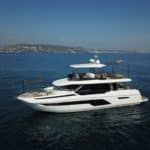

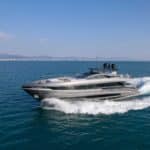


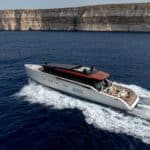

Leave A Comment